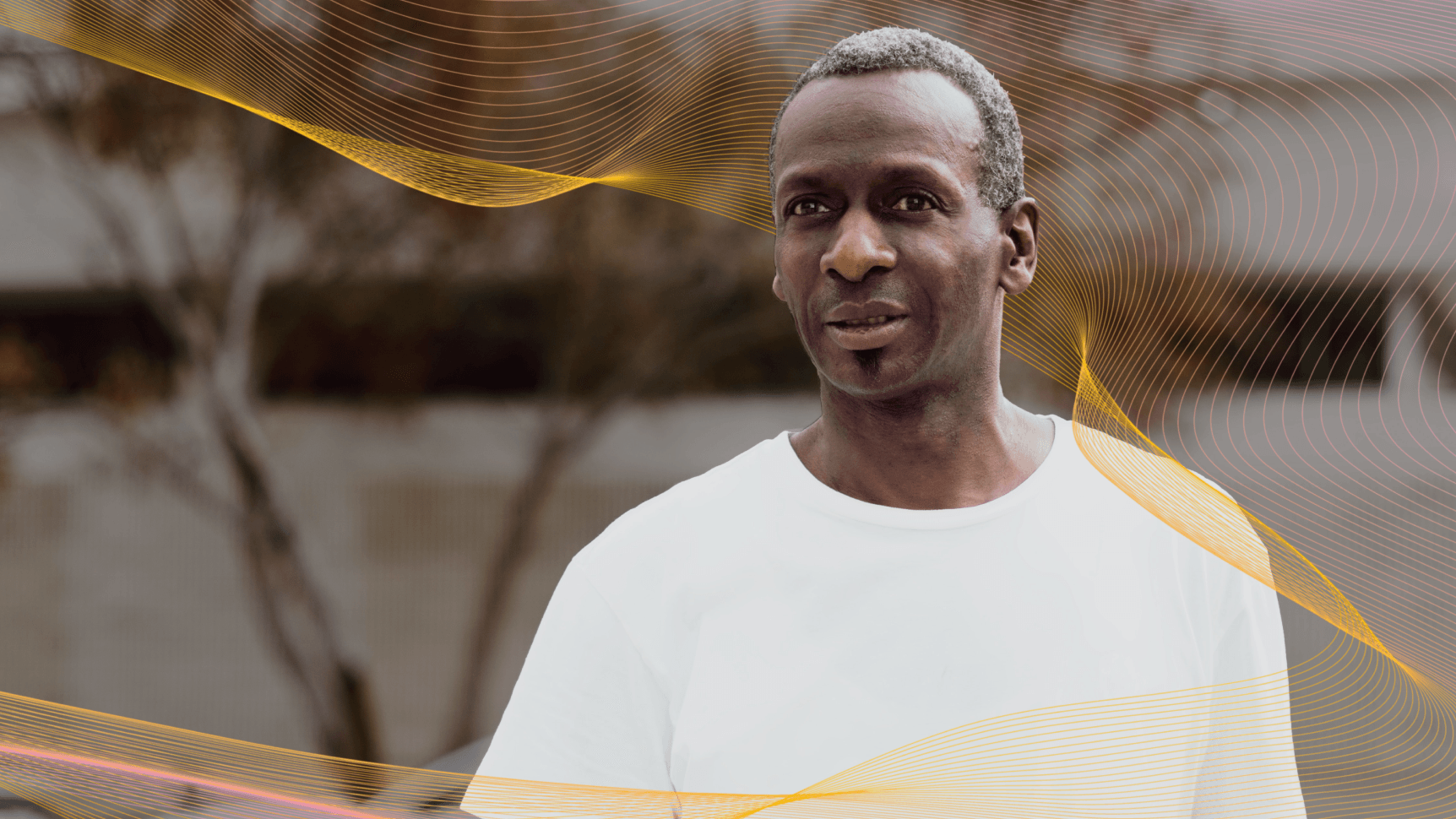In today’s centralized world, financial exclusion is one of the main factors standing in the way of economic growth, better financial health, and increased opportunities for emerging markets. But decentralization and distributed technology can help change this.
Web3 wallets on the Cardano blockchain are leading the way, offering greater access to decentralized financial services, security, and financial autonomy to those who previously couldn’t access them.
Read on to learn about Web3, the potential of Web3 wallets, and how they compare to existing digital wallet solutions in the developing world.
Understanding Web3 on Cardano: a decentralized digital landscape
Web3, also known as the decentralized web, represents a transition from the centralized control of Web2 to a more distributed and user-centric digital landscape. Built on blockchain technology, Web3 includes decentralized applications (DApps), decentralized finance (DeFi), and digital identity solutions that empower users and drive inclusion.
Key features of Web3 include:
- Decentralization: no more centralized management means users own and control their data and assets.
- Trustlessness: users do not need to trust intermediaries, relying instead on transparent and standardized protocols.
- Interoperability: greater collaboration between various blockchain networks and applications.
Web3's potential to disrupt traditional financial systems is rooted in its ability to:
- enhance security and privacy through blockchain technology.
- provide accessibility and scalability.
- support global adoption and usage.
- use smart contracts and DeFi to create more accessible and inclusive services.
Cardano is a blockchain that emphasizes decentralization, scalability, and sustainability. It aims to drive financial inclusion through its efficient smart contract capabilities.
Web3 wallets on Cardano let users store and manage digital assets, and enjoy access to a world of DApps and DeFi services. Lace is one example of the growing list of Cardano Web3 wallets.
Despite all the benefits, Web3 wallets still face some challenges and limitations. To truly achieve widespread adoption, blockchain technology needs to be more visible and better understood. And that’s not all. Governments must also develop regulations to accommodate the rapid growth and adoption of Web3 wallets and related services.
Embrace an inclusive financial system with Lace
Overall, the benefits of using Web3 wallets outweigh the limitations of traditional financial systems for those who seek true financial inclusion and independence.
Visit our Lace website to learn more about how Web3 wallets on Cardano drive inclusion and to explore the Lace platform.
Begin your journey towards a decentralized financial future today.
Frequently asked questions
What is the difference between Web2 and Web3?
Web2 is the current version of the internet characterized by centralization, where large corporations control data and services. Web3, on the other hand, is a decentralized internet built on blockchain technology, emphasizing user empowerment, security, and interoperability.
How does a Cardano Web3 wallet work?
A Cardano Web3 wallet allows users to store, manage, and transfer their digital assets on the Cardano blockchain. It enables users to interact with DApps and services while maintaining full control over their private keys and funds.
Can Web3 wallets help reduce income inequality in the developing world?
Web3 wallets have the potential to promote financial inclusion by providing access to financial services for unbanked and underbanked populations. This accessibility can lead to wealth creation opportunities and help reduce income inequality in the developing world.
How can governments and organizations support Web3 wallet adoption?
Governments and organizations can promote Web3 wallet adoption by developing regulatory frameworks, investing in education and infrastructure, and supporting innovation and collaboration within the blockchain ecosystem.

